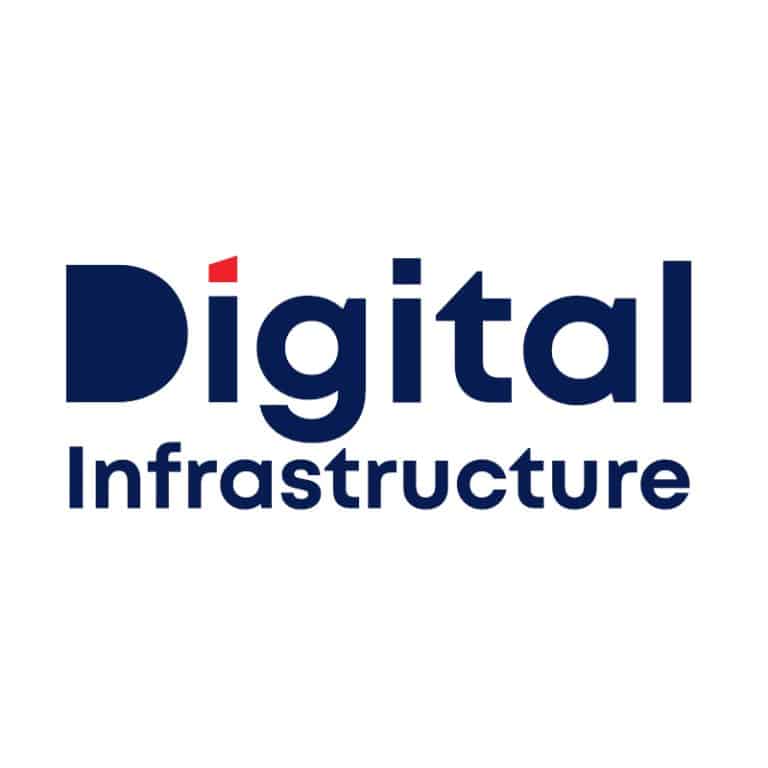– Case Study

Recognising that many business processes either did not exist or were immature or manual in their content & nature, Digital Infrastructure (DI) approached A.B.A. BUSINESS (A.B.A. BUSINESS) to draw on the expertise from our team of consultants in providing industry best practice knowledge and experience to deliver improvements and transformation to their business policies, processes, procedures and workflow management.
To provide an initial Gap Analysis in what policies, processes and procedures existed within the business, where they were in their process maturity but ultimately where they wanted to get to and to gain an understanding on what A.B.A. BUSINESS in collaboration with DI needed to do to get them where they wanted to be in line with their strategic targets, objectives and digital transformational needs.
We launched a project with a dedicated project manager and process practitioner and were able to develop & lead on a schedule of activities and host multiple workshops for all key stakeholders to participate in developing new policies, processes and procedures that met the operational and transformational needs. It was recognised and accepted by all that buy-in and positive participation by Stakeholders was key, and that success would need the full support of all staff. This would need careful change management techniques to ensure all understood the process changes were being undertaken ‘with them’ rather than ‘to them’. Templates were provided for the following and workshops facilitated to assist DI stakeholder to complete them:
The output from the business process review workshops allowed A.B.A. BUSINESS to design and develop a mixture of visual and written level 1, 2 and 3 processes and procedures along with any top-level statements for policies that needed to be documented.
A full suite of visual and written policies, processes and procedures was presented to DI following the joint collaborative business process review workshops. As a result of this, every policy, process and procedure now has a process owner and are regularly reviewed to ensure the aims and objectives are met and can be measured through metrics and workflow automation.
These regular reviews can also identify :
An internal process is now in place that ensure that through these reviews, a culture of continuous improvement is in place that strives to change and update processes as improvements are identified.